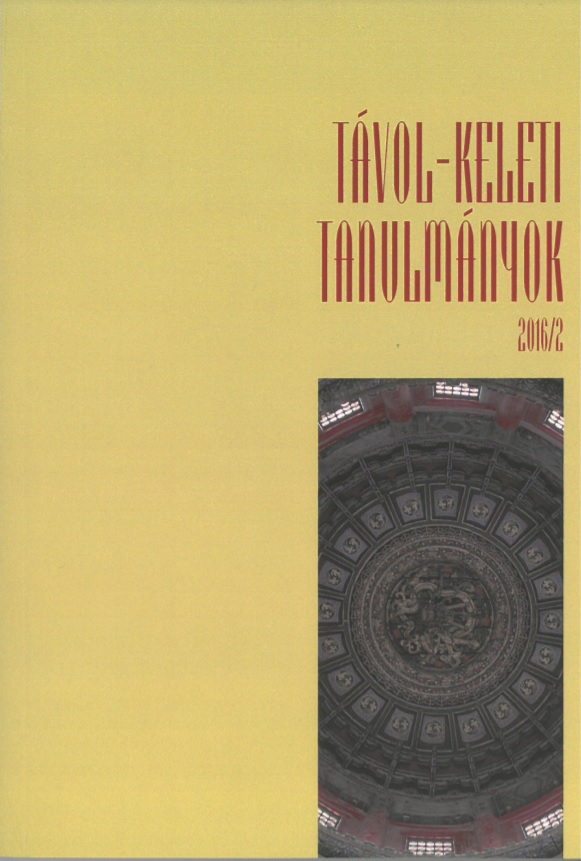Megjelent 2017-09-01
Hogyan kell idézni
Copyright (c) 2017 a szerző(k)

This work is licensed under a Creative Commons Attribution-NonCommercial 4.0 International License.
Absztrakt
Learning about a culture by analysing the legal system of the state could deepen our understanding of that country, in the present case, Japan. There are already countless researches conducted on the current legal system or constitution of Japan in Hungary, as well as in other Western countries. However, there is not much information about the legal system of the historical periods of Japan. Nevertheless, these historical periods should not be forgotten. For example, in medieval Japan a new legal system was born. It was free from foreign influence and bared marks of the social structure and customs of that period. This legal system was called bukehō 武家法, “law of the warrior families”. The purpose of my research is to present the Kamakura 鎌倉 period’s bukehō, an independent legal system established by the warrior class. I researched the subject as a scholar student in Japan, principally using Japanese language materials. In my paper, first I introduce the development of the Kamakura shogunate and its main offices. In the next section, I examine the characteristics of the medieval Japanese law in general. In the last part, I focus on the bukehō of the Kamakura period. I look at the various rules and features of several areas of law such as sources of law, civil and penal law, and the types of lawsuits.
